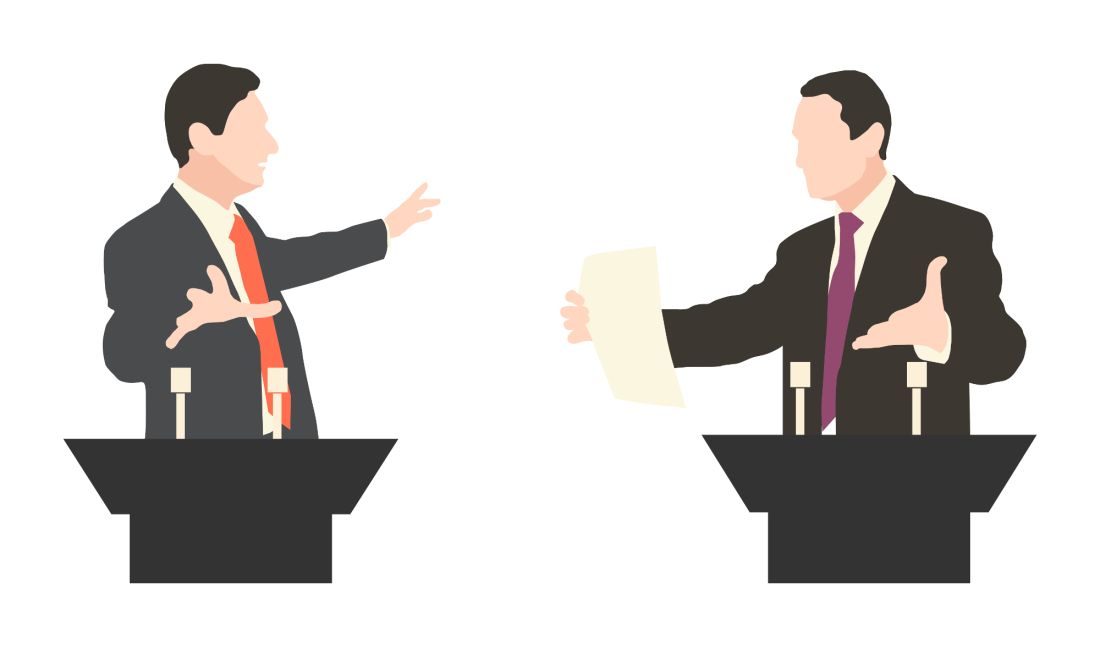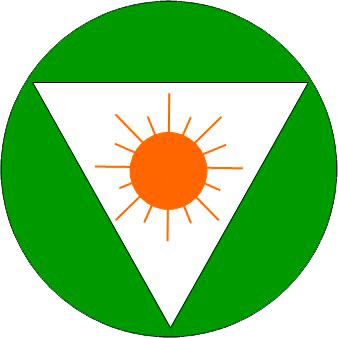
Protocols of Debate
We believe in transparency and
accountability.
There are just so many websites and
theories of health out there. Many people can easily get confused. We,
therefore propose a debate platform to get to the bottom of it. Anyone who
wishes to debate us, please contact us.
Here are the protocols to follow.
1. We can enter into one of three modes.
· Teaching
· Learning
· Arbitration
2. One topic must be defined or a question must be stated clearly
3. Exactly two sides of the stated proposition must be taken by the “student” and
“teacher” role
4. If a “teacher” makes a statement, he/she must defend it. There is no need
to ask why the questioner is asking, what is the questioner’s belief, how
others are wrong or any off-topic replies. These violations must be called by
the arbitrator and explicitly cited.
5. If a student asks a question, he/she must allow the teacher to articulate
their point. They may defer to the arbitrator to rule on whether or not the
question has been address appropriately.
6. The answer to the question the student has asked must directly relate to
the question, not go into preaching mode or spout unrelated statements.
7. An arbitrator must adhere to the protocols of debate. That is their primary
function and not to take sides or give their own opinion on matters. They can
clarify questions and set the expectations for the debate. The arbitrator is
also the consistency checker.
8. Each person must stay within the topic until it is answered or agreed to be
deferred.
9. If the teacher contradicts or changes an earlier statement even with a
clarification, the student reserves the right to iterate through the points
previously discussed. If not, the same point must not be beleaguered.
10. Each statement can branch off into other sub-debates and a tracking
mechanism will be in place to identify fallacies, unethical tactics or circular
arguments.

